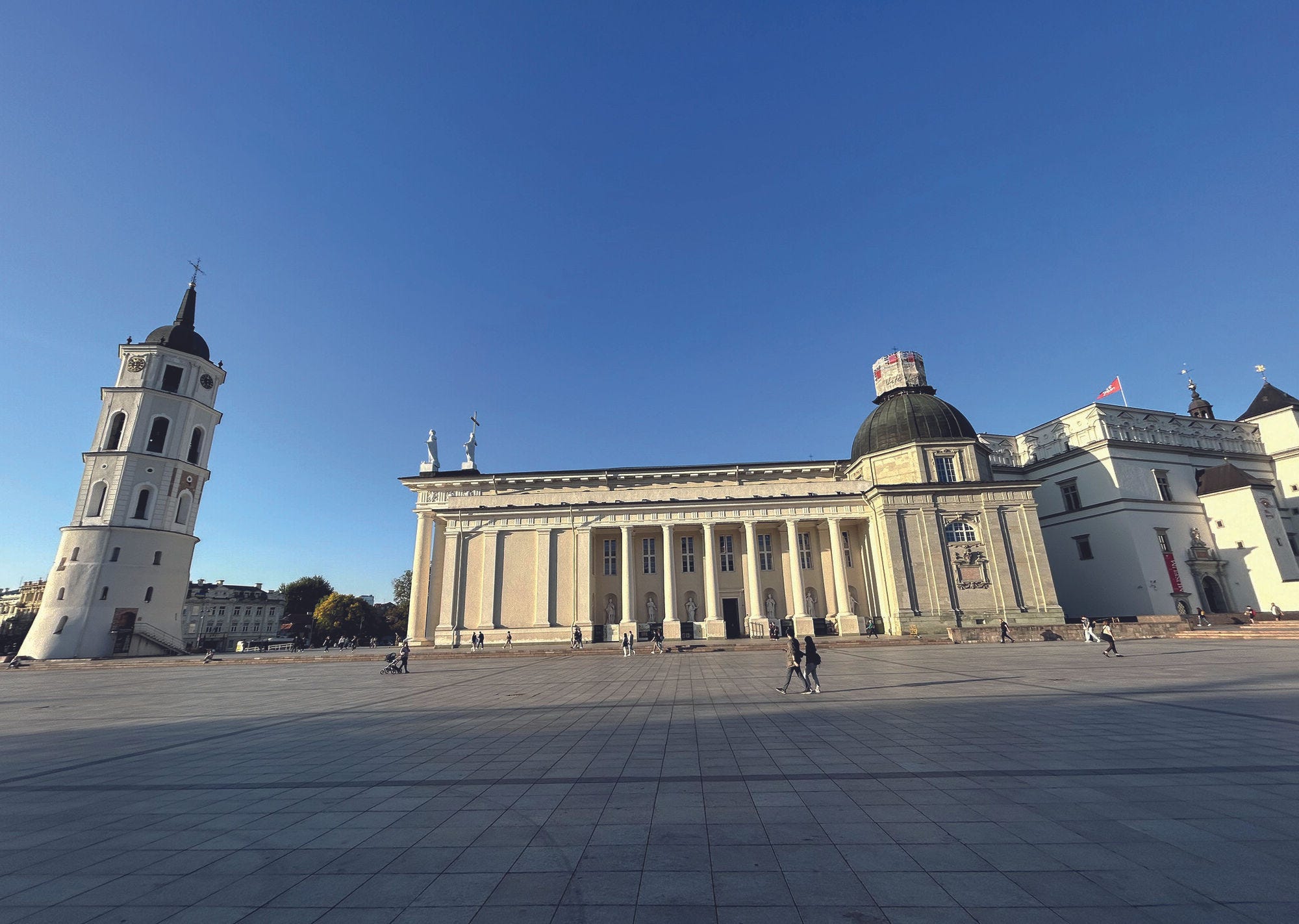On 11 March 1990, the Supreme Council adopted the Provisional Basic Law of the Republic of Lithuania,
which was viewed as the constitution, thereby suspending the former constitution of 12 May 1938.
However, the Provisional Basic Law was only a constitutional Act of a transitional character; it did not
change the structure of state power, and not all of the institutions characteristic of a democratic state were
re-established. The Provisional Basic Law remained in force until the autumn of 1992.
On 25 October 1992 citizens voted in a referendum to approve the constitution of the Republic of
Lithuania, which re-established all the traditional state institutions, i.e. the Seimas, the presidency, the
government, and the judiciary. In addition, the constitution introduced some new institutions to support the
democratic functioning of the state, including the constitutional court, the ombudsman, and the state
control department. The constitutional court’s status and procedures for executing its powers are
established by the Law on the Constitutional Court of Lithuania, which the parliament adopted on
3 February 1993. The constitution also introduced the principle of independence for local governments.
Lithuania
Working paper
Sigma Public Management Profiles

Share
Facebook
Twitter
LinkedIn
Abstract
In the same series
Related publications
-
 21 November 2024
21 November 2024 -
 16 September 2024
16 September 2024 -
30 July 2024







